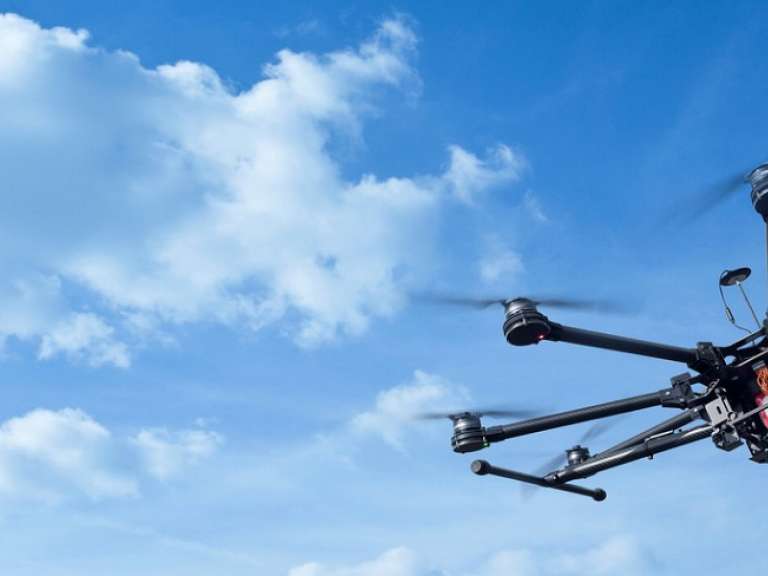Are Robots About to Run Your Plant?
David FlinThe use of robotics in power plants is impacting O&M in the power industry. Understanding what robotics can and cannot do is vital.

The use of robotics in power plants for operations and maintenance is growing. This is big news for the future of power plant management and optimization. But, wait, are robots about to run your plant?
Drones have been part of power plant inspections for some years. In many cases, they can limit or eliminate the need to send workers to examine difficult-to-access areas, such as boilers, stacks, and towers. Unmanned vehicles can enter piping, go underwater, and survey power transmission lines from varying angles while providing better coverage and more effective maintenance.
This particularly benefits plants with widely dispersed assets, such as wind farms. Turbine blades have to be inspected regularly for cracking, which is an inefficient and expensive process. Drones with thermal imaging cameras can quickly detect malfunctioning solar cells and panels in solar power plants. There is also a reduction in travel and inspection times on geographically dispersed assets, as drones can carry multiple data-capture systems that allow the operator to take several data readings in one flight. These data systems can include HD video, high-resolution photographs, infrared images, and UV corona photographs. Drones are well-suited for aerial mapping and 3D modeling because they can follow precise GPS-guided flight paths, allowing complete mapping of a facility and creation of a digital model of a plant.
According to existing law, drones are considered aircraft, and, as such, require exemption under Section 333 of the FAA Modernization and Reform Act of 2012 to be operated legally for business purposes in the US. This allows the use of drones in the daytime in specific areas below an altitude of 400 feet. In the future, the industry could see dramatic gains when the FAA issues clear regulations for beyond-line-of-sight operation.
Robotics in power plants can replace workers at the point of application, enabling operators to remotely access hazardous and inaccessible zones in a safe and cost-effective manner. This is especially important for nuclear power stations to minimize the exposure of workers to radiation. For example, robots have inspected the Fukushima nuclear reactors, where high radiation levels make direct inspections impossible.
In desert settings, energy generation can fall by as much as 40 percent when dust storms impact the panels. The 648-megawatt (MW) solar power plant in Kamuthi, Tamil Nadu, India covers an area of 10 square kilometers consisting of 2.5 million solar modules. These modules utilize a robotic system to maintain panels at peak performance through nightly cleaning.
Robots have been used to internally inspect pipelines for some time and can now be made small enough to inspect pipelines down to six inches in diameter. In 2014, Hitachi Nuclear introduced the Surveyor, a self-propelled, articulated robot that can inspect piping from six to 48 inches in diameter and travel up to 1,000 feet from its entry point. The system was tested at a South Texas nuclear power plant, successfully inspecting a length of buried pipe without having to modify the pipe.
When the testing units are too heavy or bulky for a drone or the areas are inaccessible, robot inspections are a suitable alternative. One growth area for robotics in the industry is boiler tube inspection. Tube wall failures can result in forced outages, but manual inspections are not easy and take several days. Robotic tube inspections can accurately predict and prevent wall failures in a fraction of the time. The use of robots to ultrasonically test boiler tube walls results in quickly identifying trouble spots.
The use of robotics in power plants is positively impacting O&M in the power industry. Understanding what robotics can and cannot do is vital. As technology is advancing rapidly, many utilities are taking advantage of third-party companies specializing in robotics operations.
As several incidents of security breaches have recently been reported, cybersecurity policy is a growing concern for plant managers.
Blockchain technology has the potential to change the way we buy and sell power.
Automation technology in the form of drones and robots has clear potential in the power sector.